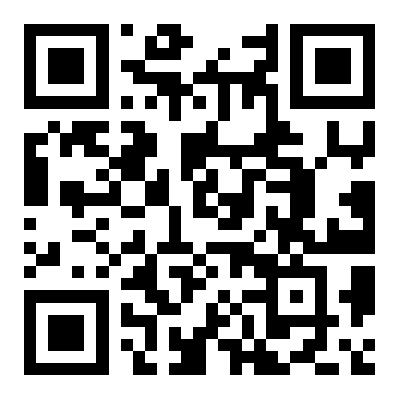Applications of Hall Effect Current Sensors in Solar and Wind Power Generation Systems
1.The global transition toward renewable energy has intensified the need for precise current measurement technologies. Hall effect sensors, with their galvanic isolation and wide dynamic range, have emerged as preferred solutions for:
•DC current monitoring in solar arrays
•Generator current measurement in wind turbines
•Grid interconnection systems
2. Hall sensors utilize the Hall effect phenomenon where a voltage difference is created across an electrical conductor transverse to the electric current and perpendicular to an applied magnetic field.
3. Solar Power Applications
3.1PV Array Monitoring
•Real-time string current measurement (0-20A DC)
•Insulation fault detection through leakage current monitoring
3.2 MPPT Optimization
•Precise current feedback for DC-DC converters
•Enables >99% tracking efficiency in modern inverters
3.3Battery Management Systems
•Bidirectional current measurement for charge/discharge cycles
•State-of-charge (SOC) estimation accuracy improvement
4.Wind Power Applications
4.1 Doubly-Fed Induction Generators
•Rotor current monitoring (AC 50-2000Hz)
•Slip ring maintenance prediction
4.2 Permanent Magnet Synchronous Generators
•Three-phase current measurement for field-oriented control
•Demagnetization fault detection
4.3 Grid Connection Systems
•Harmonic current analysis (up to 3kHz bandwidth)
•Low-voltage ride-through (LVRT) capability enhancement
Conclusion
Hall effect current sensors provide indispensable functionality in modern renewable energy systems. Their inherent isolation characteristics, combined with improving accuracy and reliability metrics, position them as enabling technologies for next-generation solar and wind power installations.








 Links
Links